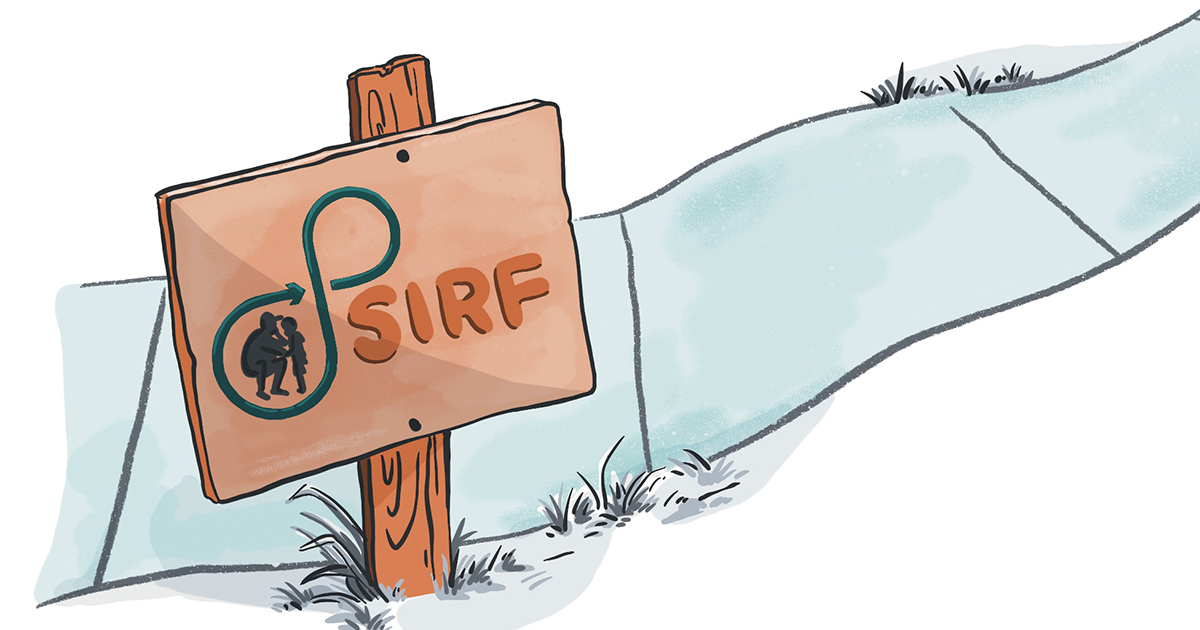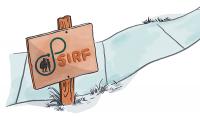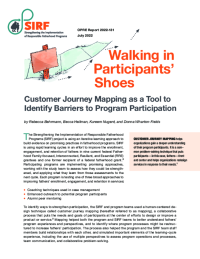Walking in Participants’ Shoes
Customer Journey Mapping as a Tool to Identify Barriers to Program Participation

Introduction
 The Strengthening the Implementation of Responsible Fatherhood Programs (SIRF) project is using an iterative learning approach to build evidence on promising practices in fatherhood programs. SIRF is using rapid learning cycles in an effort to improve the enrollment, engagement, and retention of fathers in nine current federal Fatherhood Family-focused, Interconnected, Resilient, and Essential (FIRE) grantees and one former recipient of a federal fatherhood grant. Participating programs are implementing promising approaches, working with the study team to assess how they could be strengthened, and applying what they learn from those assessments to the next cycle. Each program is testing one of three broad approaches to improving fathers’ enrollment, engagement, and retention in services:
The Strengthening the Implementation of Responsible Fatherhood Programs (SIRF) project is using an iterative learning approach to build evidence on promising practices in fatherhood programs. SIRF is using rapid learning cycles in an effort to improve the enrollment, engagement, and retention of fathers in nine current federal Fatherhood Family-focused, Interconnected, Resilient, and Essential (FIRE) grantees and one former recipient of a federal fatherhood grant. Participating programs are implementing promising approaches, working with the study team to assess how they could be strengthened, and applying what they learn from those assessments to the next cycle. Each program is testing one of three broad approaches to improving fathers’ enrollment, engagement, and retention in services:
- Coaching techniques used in case management
- Enhanced outreach to potential program participants
- Alumni peer mentoring
To identify ways to strengthen participation, the SIRF and program teams used a human-centered design technique called customer journey mapping (hereafter referred to as mapping), a collaborative process that puts the needs and goals of participants at the center of efforts to design or improve a product or service. Mapping helped both the program and SIRF teams to better understand fathers’ program experiences and perspectives, and to identify where program processes might be restructured to increase fathers’ participation. The process also helped the program and the SIRF team staff members build relationships with each other, and simulated important elements of the learning-cycle experience, including the use of multiple perspectives to assess program operations and processes, team communication, and collaborative problem-solving.
Purpose
This document describes each of the five steps used in the SIRF mapping process and explains how programs used them, with visuals illustrating what a program’s map may look like along the way. Each step also provides an example of how the mapping process worked in practice, using as a case study a persona and mapping experience that the authors developed based on the experiences of multiple programs that completed the process. From these descriptions, social service program managers can gain the tools to implement simple mapping processes of their own.
Methods
Participating SIRF programs are using rapid learning cycles to train in new program approaches, implement the new approaches, and reflect on whether the approaches are working as intended, as well as what changes may be beneficial in the next cycle. Customer journey mapping was used to better understand fathers’ program experiences and perspectives and identify approaches to be tested.
Recommendations
Programs can adapt this five-step mapping framework to best serve their needs:
1. Develop a persona
2. Lay the groundwork
3. Map!
4. Analyze strengths, gaps, and challenges
5. Identify potential solutions






